What are NFTs?
NFTs, or non-fungible tokens, are unique digital tokens that are often associated with art. They first gained popularity in 2017 with games like CryptoKitties and CryptoPunks. In 2021, NFTs experienced a surge in popularity, leading to a wide range of applications and purposes for the technology. People buy NFTs to collect art, support artists, make a profit, join communities, or enhance their gaming experiences. Many companies, including Taco Bell, Tiffany, and Spotify, have also explored the use of NFTs.
Understanding NFTs
An NFT is a unique unit of data stored on a digital ledger called a blockchain. Unlike cryptocurrencies like Bitcoin or Ethereum, which are interchangeable and can be exchanged on a one-to-one basis, NFTs cannot be exchanged in the same way. Each NFT is associated with a specific digital or physical asset, such as art or virtual land. Most NFTs are built on the Ethereum blockchain using the ERC-721 token standard. The ownership history of an NFT is recorded on the blockchain, while the metadata can be stored through centralized servers or decentralized platforms like IPFS.
The Value of NFTs
The value of an NFT comes from its unique characteristics and the market’s perception of its worth. Factors like rarity and individuality drive the value of NFTs. Digital artworks, rare in-game items, and other unique digital assets can be tokenized as NFTs and their value is determined by demand and buyer willingness to pay. Additionally, NFTs provide a digital ownership record that verifies authenticity, adding another layer of value. Industries like fashion, art, and collectibles rely on provenance and authenticity to determine an item’s worth.
Use Cases for NFTs
NFTs are not limited to art and gaming. They are used to represent various digital assets, including virtual real estate, digital identities, and even tweets. In the gaming industry, NFTs have revolutionized in-game economies by tokenizing unique traits and accessories for transfer across different games. The metaverse, a future vision of the internet, also relies on NFTs for virtual land ownership. Musicians use NFTs to receive royalties directly and bypass traditional record labels. NFTs have even expanded into non-digital assets, with physical homes and tattoo designs becoming tokenized.
Tokenization in NFTs
The tokenization process allows for the fractionalization of assets, making investment opportunities more accessible. For example, an expensive CryptoPunk can be broken up into smaller portions and sold as fractionalized NFTs on another marketplace. This has particularly benefited industries like art, real estate, and collectibles where high entry costs limit access.
Energy Consumption and Sustainability
NFTs have raised concerns about their environmental impact due to the energy-intensive process of creating and transacting them. The Ethereum blockchain, which is commonly used for NFTs, previously relied on a proof-of-work consensus mechanism that consumed significant energy. However, Ethereum switched to a more sustainable proof-of-stake system in September 2022, reducing its energy consumption and carbon footprint. The crypto industry is still grappling with how to address the environmental impact of NFTs minted on blockchains that use proof-of-work consensus.
Hot Take: The Expanding World of NFTs
NFTs have evolved from their origins in art and gaming to become a versatile tool for representing digital assets. With applications in virtual real estate, music royalties, and even physical objects, NFTs are transforming industries and providing new opportunities for creators and investors. While concerns about energy consumption persist, the shift towards more sustainable blockchain solutions shows that the crypto industry is actively addressing these issues. As NFTs continue to gain popularity and adoption, we can expect to see further innovation and expansion in this exciting space.


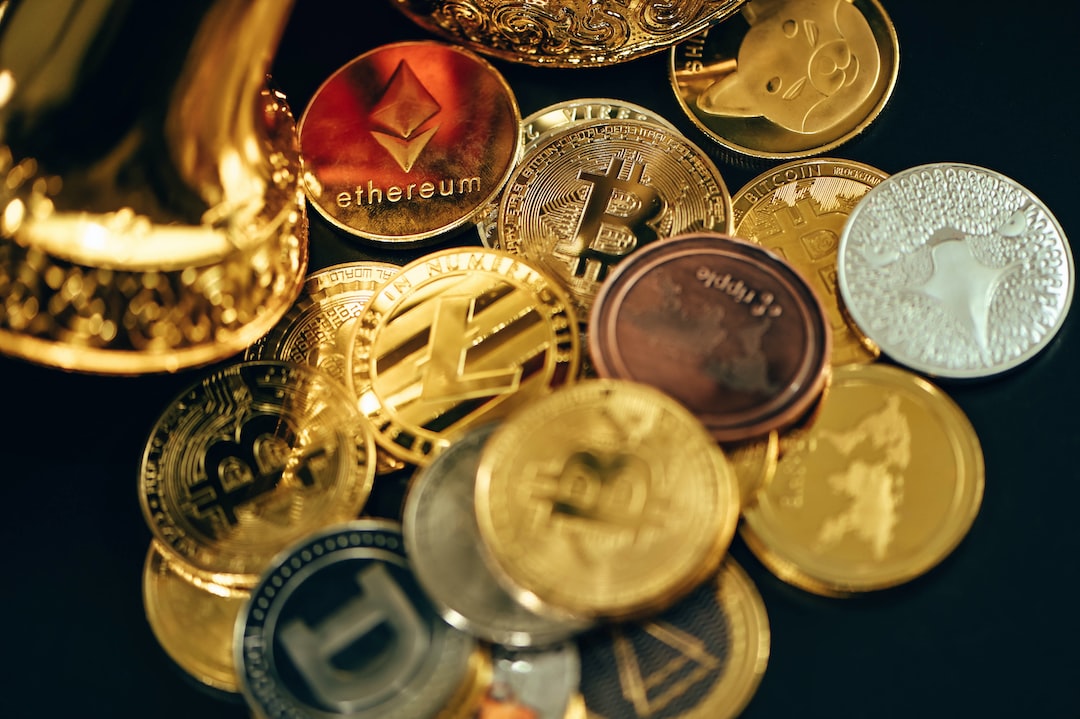

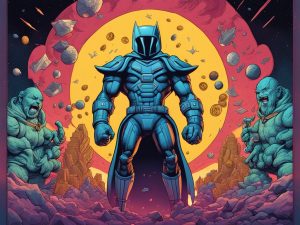
 By
By
 By
By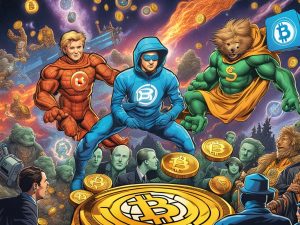
 By
By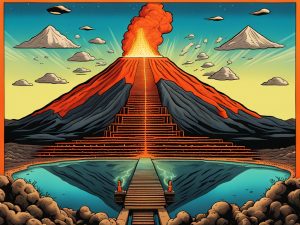
 By
By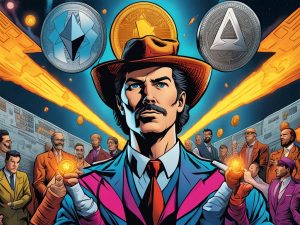
 By
By